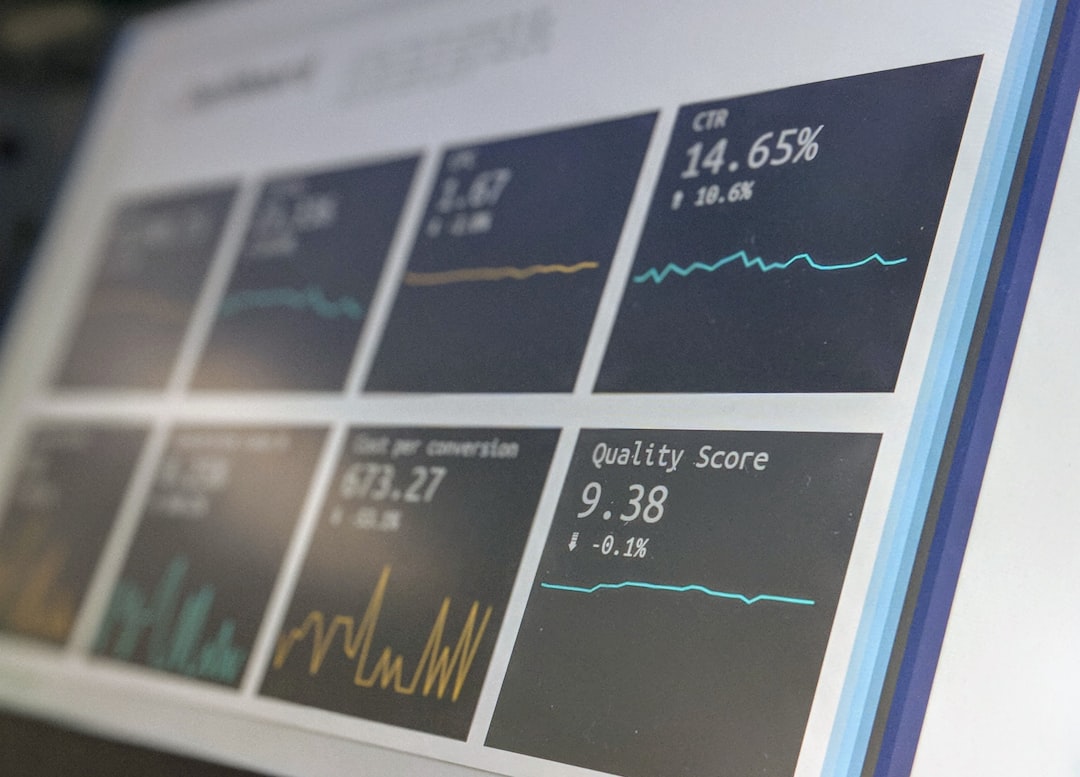- Extra Points
- Posts
- Here's why the NCAA wants to build a big ol' Fan Database
Here's why the NCAA wants to build a big ol' Fan Database
and how it plans to do it:

Good morning, and thanks for your continued support of Extra Points.
The biggest hard news story from the NCAA Convention is probably centered around new NIL policies, as well as continued conversations about NCAA governance reform, engagement with Congress, sports gambling, pending litigation, and other hot-button issues.
But there was another potentially noteworthy announcement that you might have missed.
Last Wednesday, the NCAA announced they are partnering with Kraft Analytics Group to build a “comprehensive database” of college sports fans.
Via the official NCAA recap of NCAA President Charlie Baker’s convention remarks:
"With their help, we're going to build one of the largest college sports fans databases in the country — and possibly the largest women's sports fan database in the world," Baker said. "We should be able to provide timely, useful, actionable information to college sports fans about the teams, conferences, championships and sports they're interested in on a personalized basis."
He went on to project that the fan database could have as many as 10 million fans by the time he takes the Convention stage again next January
But why is the NCAA, with so many other things going on, trying to build such a huge fan database? How do they plan to do it? And with so many potentially existential threats or challenges on the horizon, why should anybody care about this?
I didn’t know. So I called the NCAA and asked.
What is a fan database, and why would the NCAA want one?
Since Moneyball came out in 2003, an awful lot of digital ink has been spilled describing the way professional sports organizations are using analytics to improve on-field performance. Nowadays, mining data points to look for competitive inefficiencies isn’t just the purview of poorly resourced professional sports teams like the Oakland As, but across all of professional sports, as well as college sports, even at the D-II and D-III level.
But the analytics revolution wasn’t just about learning when it’s more efficient to go for it on 4th down or pass up midrange jumpers. It was also about optimizing back-office operations. Professional sports teams have also invested millions into better understanding how to more efficiently price tickets, market to specific fan demographics, create new sponsorship inventory, vertically integrate real estate assets, and more. The recent book Game of Edges does a great job explaining what this looks like, in practice, for ticket and concession sales, for example.
Making better decisions about how to price tickets, sell jerseys or boost attendance means you need better data about your customers. The New England Patriots became so effective at building these systems that they spun out Kraft Analytics to help teach other professional teams how to build similar customer databases and make better decisions from them.
A few P5 programs have begun to invest in dynamic ticket pricing systems or more detailed customer databases, but college sports, as a whole, lags far behind the pros in this space. The hope is that the Kraft database will be the first step towards the NCAA getting the data it needs to sell more tickets, and potentially, even more.
So how does this work?
Subscribe to Premium Membership to read the rest.
Become a paying subscriber of Premium Membership to get access to this post and other subscriber-only content.
Already a paying subscriber? Sign In
Join the conversation